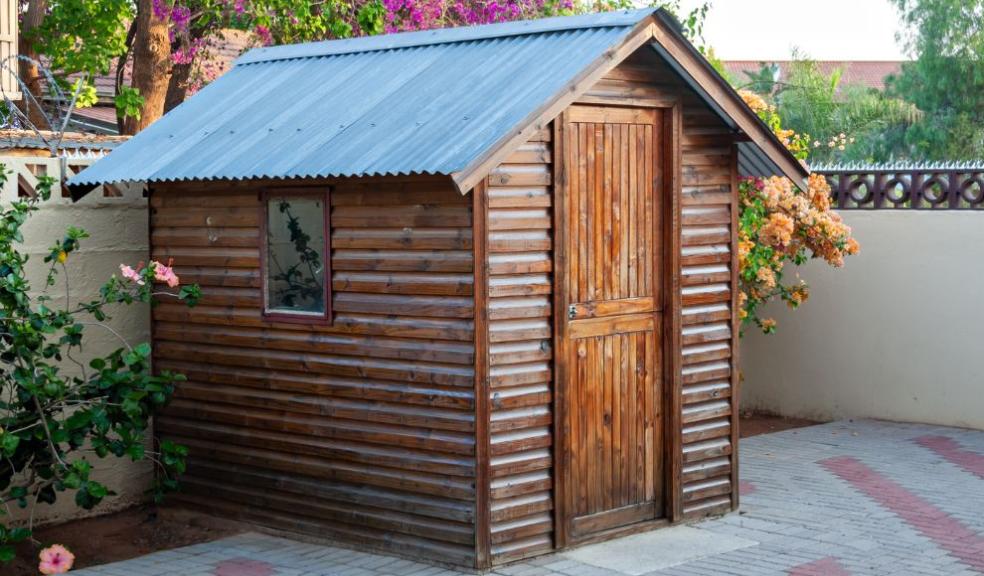
Expert advises how to protect your garden shed in icy weather
With temperatures plummeting and yellow warnings for snow and ice across the UK, Brits are being warned about the damage this can do to a garden shed.
Despite the time of year, over 80,000 people in the past month took to Google to search their shed queries - asking questions including ‘How to insulate a shed?’ and ‘How to weatherproof a shed?’ - as people worry about how to protect them from wintery conditions.
To help prevent issues with sheds this winter, garden building specialist, Tiger Sheds has revealed five ways to stop those outbuildings from the potential damage caused by heavy snow or ice.
1. Seal openings
One of the most common issues caused by wintery weather is leaks and this can cause irreparable damage to a shed such as rotting. Have a walk around the outside and inside to inspect for holes or gaps in doors and windows. Make sure all gaps are watertight and if not, reseal them before it is too late. If worried about the temperature of the shed, add insulation around any cracks, windows and doors to stop cold air from getting in.
2. Prevent moisture inside
There needs to be good air flow within a shed to prevent moisture from building up, which is why it’s important to leave space around things you’re storing in there, ensuring not to cram the space full. A good tip is to remove any items that will absorb moisture as if there is a leak, this will produce condensation inside, leading to water damage in the shed as well as mould. Failing to do this can even cause lawnmowers, bicycles, or other metal items to rust.
3. Boost your roof felt
Copious amounts of snow or water that becomes ice can put a lot of pressure on a shed roof which could in turn, damage it. Before a heavy downpour or icy spell, check the roof for damage and make sure it is securely fastened. Test its strain to make sure it will cope with extreme conditions. When it does snow, use a brush and push the snow or ice onto the ground to make sure that there isn’t too much tension on the roof.
4. Treating the shed
At some point, snow and ice will turn into water so ensure that your shed is ready to cope with that. Add an effective timber treatment to protect the outside from water once a year. This will prevent issues such as damp and mould ruining the wood and prolong the lifespan of a shed for years to come. This being said, you should always remember to treat the inside of your shed as it’s also susceptible to the same damage – aim to do this at the same time as your yearly treatment!
5. Strengthen the locks
With exceedingly cold weather comes the chance of locks and padlocks freezing, which can cause problems when you next try get into your shed. Apply a lubrication substance such as oil or WD 40 on any moving parts, including the hinge and keyhole as this will stop both the door from seizing up and the key from becoming stuck once the weather subsides.
Sam Jenkinson of Tiger Sheds commented: “When wintery conditions arrive, many of us don’t think about the impact this can have on our sheds, but the cold and often extreme weather can cause irreparable damage, especially to wooden sheds and outhouses. We hope that the current cold blast doesn’t cause too much trouble for garden lovers, but we advise to take that extra precaution to ensure a shed is protected as this will give you added peace of mind.
“Nobody wants to face extra financial consequences from failing to prepare, so spend some time doing maintenance for your shed now using these simple tips, and save yourself the trouble further down the line.”









